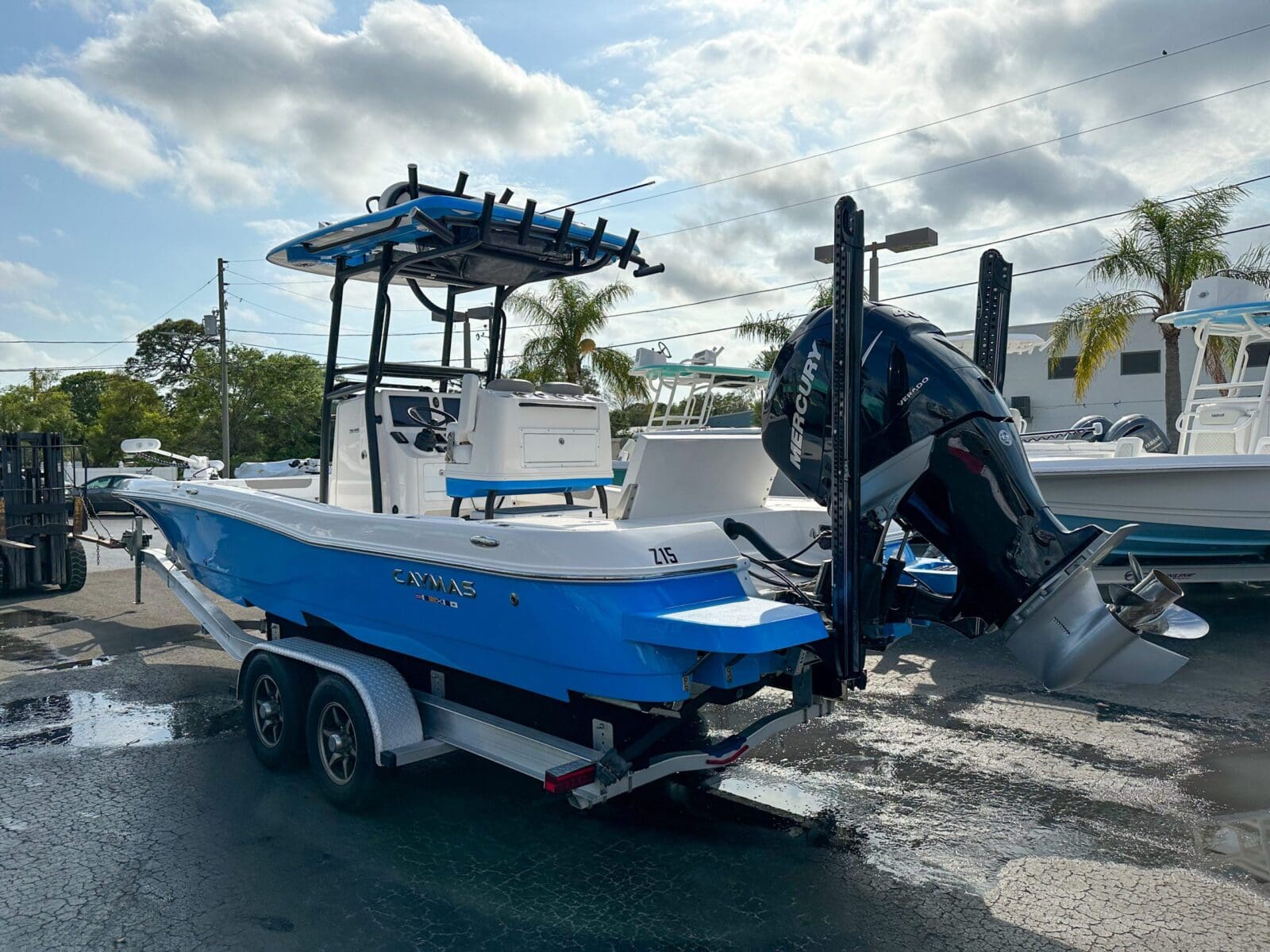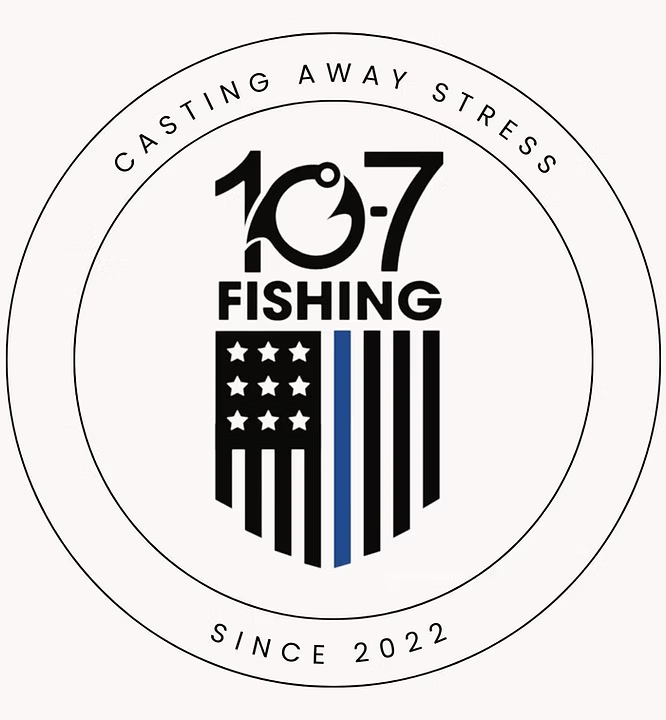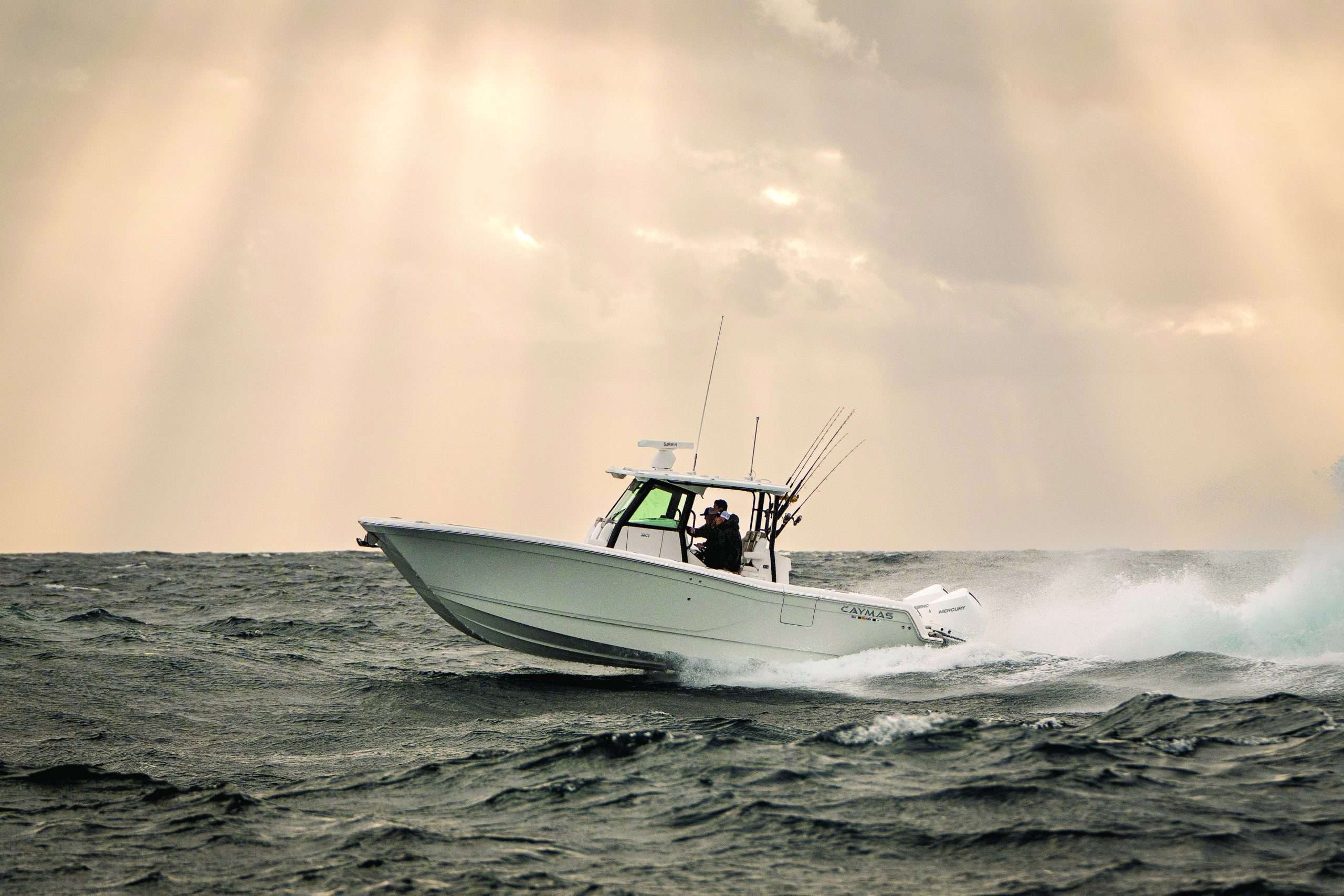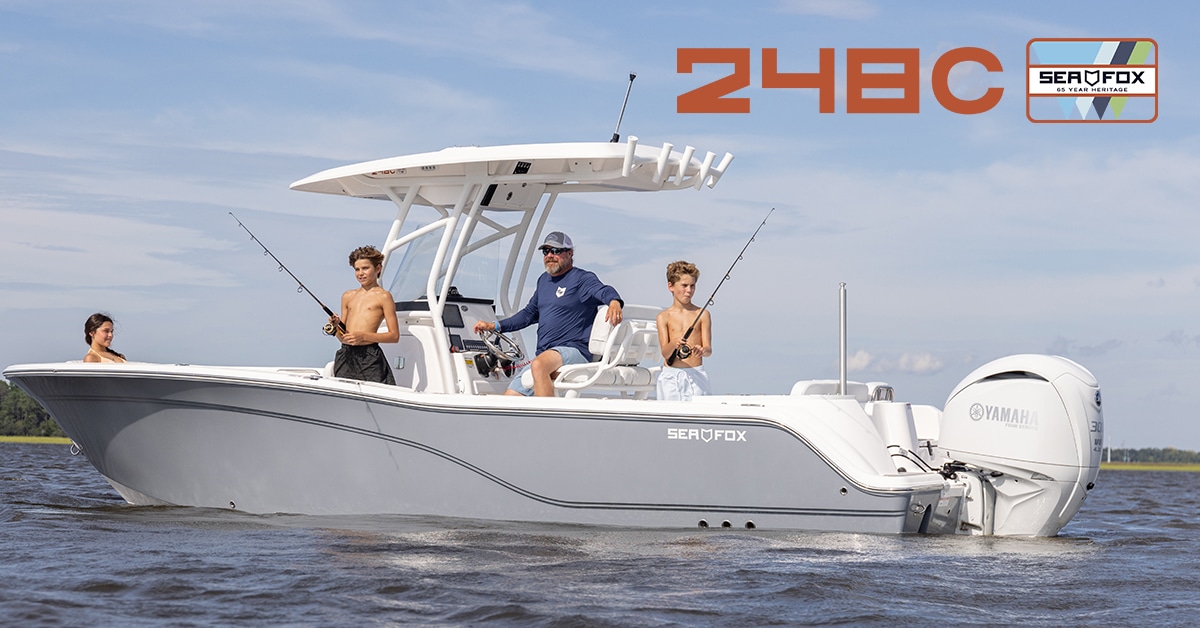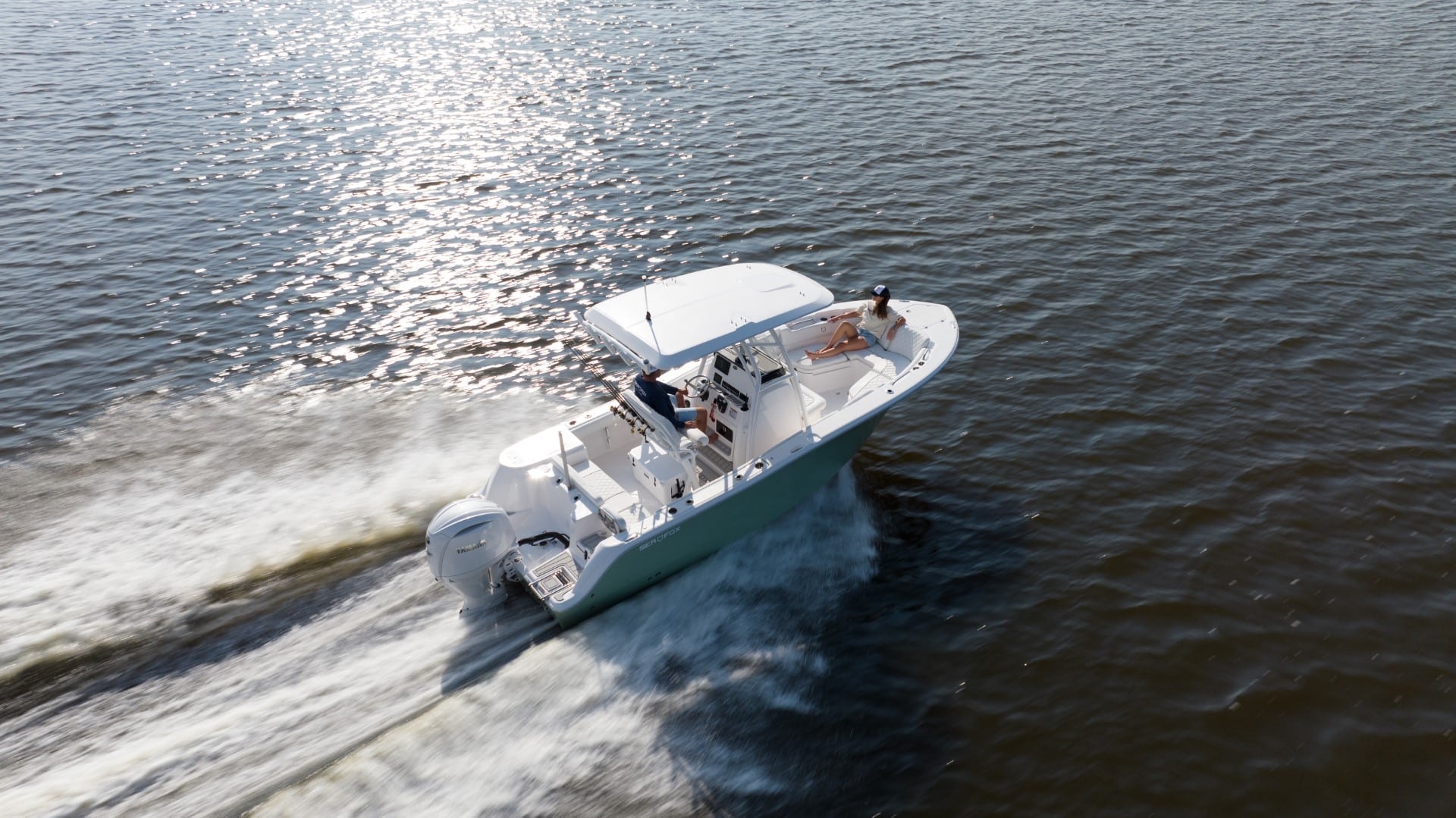“Top tips to keep your outboard engine tip-top”
Maximizing Outboard Engine Performance: 7 Essential Tips
It’s a common sight – an old, small outboard engine, dutifully powering a barge around a boat yard. Its longevity is proof that with the right care and treatment, an outboard engine can serve you well for a considerable amount of time.
To achieve the optimal performance and lifespan from your outboard engine, it’s crucial to properly set it up and maintain it. Let’s delve into some critical steps for correctly establishing and preserving your outboard’s optimal performance.
Manufacturers of outboard engines provide recommended RPM ranges for their specific models. These guidelines are aimed at allowing the boat to operate within these limits using propellers with suitable size and pitch.
1. Fine-tune Your Top Speed
A remarkably common issue is over-propping. Basically, this means the propellers have excessive pitch or are too large in diameter. As a result, the outboard engine’s maximum RPM is lower than the manufacturer’s suggested full-throttle RPM, typically between 5000 and 6000 RPM.
- Misjudgment – Be cautious when considering a boat with outboards that just touch the recommended RPM range. Adding gear and filling the fuel and water tanks can cause the engines to fall short of reaching the recommended top RPM.
- Over-propping and its drawbacks – An over-propped boat forces the engine to work harder to attain a specific RPM. This heightens combustion temperature and stresses internal components such as rods and bearings.
- The opposite problem – Under-propping a boat, allowing the engine to exceed the manufacturer’s recommended RPM range, is equally harmful. Engine parts can suffer severe damage due to over-revving.
- The solution – Alter your propeller pitch. By increasing (to lower wide-open RPM) or decreasing (to raise it) pitch, you can effectively control your boat engine’s full-throttle RPM range. If you’re unsure of the manufacturer’s recommended RPM range for your specific motor, a quick online search can provide the answer.
2. Treat Your Fuel
Ethanol gas can wreak havoc on boat engines, especially due to phase separation – the separation of water from the fuel. Ethanol damage can occur even with regular boat use and frequent fuel replacement. Regardless of whether you have access to ethanol-free gas, using an additive is crucial.
3. Flush Outboard Engine After Each Use
Consistent freshwater motor flushes are critical for any marine engine’s longevity. They keep the cooling passages clean and open, prevent corrosion, and prolong the water-pump impeller’s lifespan. Incorporate freshwater flushing into your daily boating routine, right after returning to the slip or dry storage.
4. Regular Oil and Oil Filter Replacement
Given that outboard engines consistently run at high RPMs, it’s essential to regularly replace the oil and oil filters, especially with 4-stroke engines. For outboard engines used heavily, 2-stroke engines are more economical as they don’t require oil changes and fuel filter replacements.
5. Keep the Outboard Engine Cool
Never run an outboard on land without a water supply. Dry-starting your motor, even briefly, can cause immediate damage to the water-pump impeller.
6. Maintain the Propeller
A damaged or bent propeller can cause serious vibration, damaging bearings and seals. Keeping your propeller in good condition is essential for the health of the entire boat.
7. Regularly Use Your Outboard
Allowing an outboard to remain idle can cause harm. Seals can shrink, grease can accumulate dust, condensation can occur, and parts can corrode. If your boat sits idle for more than a couple of weeks, start it up and let it idle until it reaches operating temperature.
By adhering to these seven tips, you can ensure the peak performance and longevity of your outboard engine.
Trusted Outboard Motor Servicing at Black Label Marine Group
Maintaining the performance of your outboard motor can sometimes seem like a daunting task. However, with the right assistance, it doesn’t have to be. If you’re looking for professional, reliable service for your Yamaha or Mercury outboard engines, look no further than Black Label Marine Group.
Our certified Yamaha and Mercury technicians are ready to provide expert care and maintenance to your outboard motor. Whether it’s routine servicing, in-depth repairs, or even guidance on the best ways to maintain your outboard, the Black Label service team has you covered.
We have three conveniently located service centers in Ocala, Pinellas Park, and Punta Gorda, Florida, making it easy for you to access our quality services wherever you are in the state.
At Black Label Marine Group, we take the stress out of maintaining your outboard engine, so you can focus on what really matters – enjoying your time on the water. Contact us today or visit one of our locations to learn more about how we can help you keep your outboard in peak condition.
Frequently Asked Questions (FAQs)
This depends on how frequently you use your boat and the manufacturer’s recommendations. Generally, a yearly service is a good rule of thumb for boats that see average use.
The right propeller ensures your outboard motor runs within the recommended RPM range, which is crucial for preventing damage and extending the engine’s lifespan.
Ethanol can cause phase separation, where water separates from the fuel, potentially causing serious damage to your engine. That’s why it’s important to treat your fuel and use an additive, especially if the fuel contains ethanol.
Freshwater flushing helps remove salt, dirt, and other deposits from the cooling system. Regular flushing prevents corrosion and extends the lifespan of your outboard engine.
Black Label Marine Group offers professional maintenance and repair services for Yamaha and Mercury outboard engines. Our certified technicians can help ensure your motor is running optimally, prolonging its life and helping you avoid unexpected breakdowns.
No, new electric outboards have been introduced and are battery powered.

